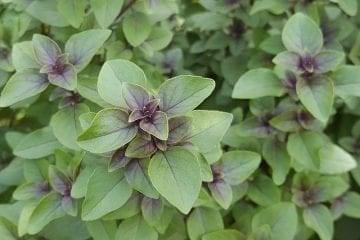Aster’s place in the herbal garden has been a practical and joyful one, even though most of us have long ago forgotten that Aster carries an important medicine into our midst. This peppy, bright little flower is one of the garden’s best-kept secrets, ...
Read this article and all of our other Herbal Nerd Society Content.
Become a Member Today. Join Us Here. | Already a Member just log in here.







